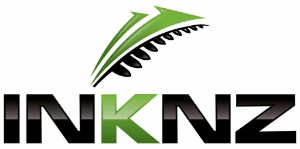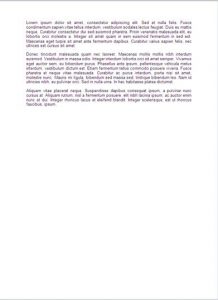Laser printers are often the go-to choice for businesses and individuals who need fast, high-quality printing at a lower cost per page compared to inkjet printers. However, one common complaint remains: the high cost of toner cartridges. For those who rely heavily on their laser printers, the price of replacing toner can be a significant expense. But what exactly makes toner cartridges so expensive? Let’s delve into the factors that drive up the cost of this essential printing component.
- Advanced Manufacturing Process
Toner cartridges are more than just containers of powdered ink; they are complex devices that require precise manufacturing processes. Unlike liquid ink used in inkjet printers, toner is a fine powder composed of pigments and polymers. This powder must be meticulously engineered to ensure consistent particle size, shape, and charge, which are crucial for producing sharp, accurate prints.
The manufacturing process involves several stages, including the mixing of pigments and polymers, grinding the mixture to create fine particles, and adding charge agents that allow the toner to adhere to the printer drum. Additionally, the cartridge itself contains various moving parts, such as gears, rollers, and blades, all of which need to be precisely aligned to function correctly.
This level of complexity in both the toner production and cartridge assembly results in higher manufacturing costs, which are ultimately passed on to the consumer.
2.Proprietary Technology and Chip Security
Just like inkjet cartridges, toner cartridges often come with embedded chips that communicate with the printer. These chips serve multiple purposes, including monitoring toner levels, ensuring compatibility with the printer, and preventing the use of third-party or refilled cartridges.
These chips, while essential for maintaining the quality and reliability of the printer, add to the overall cost of the toner cartridge. Moreover, the use of proprietary technology by manufacturers limits consumer options, making it difficult to find affordable alternatives. This lack of competition allows manufacturers to maintain higher prices for their branded toner cartridges.
- Research and Development Investments
Toner cartridges are the result of extensive research and development (R&D) efforts. Companies invest heavily in developing new toner formulas that improve print quality, increase yield, and enhance the durability of prints. Additionally, R&D efforts focus on creating more efficient and environmentally friendly toners that reduce waste and energy consumption.
For instance, advancements in toner technology have led to the development of lower-melting toners, which require less energy during the fusing process, thereby reducing the printer’s overall energy consumption. These innovations, while beneficial for consumers and the environment, come at a cost that is reflected in the price of toner cartridges.
- High Yield and Longevity
One of the advantages of toner cartridges over ink cartridges is their higher yield, meaning they can produce more pages before needing to be replaced. While this might seem like a justification for the higher upfront cost, it’s also a contributing factor to the expense.
Toner cartridges are designed to last longer and perform consistently over thousands of pages. This durability requires the use of high-quality materials and precise engineering, which adds to the manufacturing costs. In essence, you’re paying more upfront for a product that delivers long-term value through its extended lifespan and high page yield.
- Environmental and Regulatory Factors
Environmental considerations play a significant role in the cost of toner cartridges. Manufacturers are increasingly focused on producing toners that are less harmful to the environment. This involves using sustainable materials, reducing the carbon footprint of production processes, and ensuring that cartridges are recyclable.
In addition to environmental concerns, there are also regulatory factors to consider. Many countries have strict regulations regarding the disposal of electronic waste, including toner cartridges. To comply with these regulations, manufacturers often invest in recycling programs or offer incentives for returning used cartridges. These efforts, while commendable, contribute to the overall cost of toner cartridges.
6.Limited Competition and Market Control
The toner cartridge market is dominated by a few major players, which limits competition and allows these companies to set prices with little pressure to lower them. While third-party and remanufactured toner cartridges are available, they often come with risks such as compatibility issues, lower print quality, or voiding the printer’s warranty. As a result, many consumers opt for the more expensive, manufacturer-branded cartridges.
Conclusion: The True Cost of Toner Cartridges
The high cost of toner cartridges can be frustrating, especially for those who rely on laser printers for their daily printing needs. However, understanding the factors behind these costs—from advanced manufacturing processes and proprietary technology to R&D investments and environmental considerations—can help explain why toner cartridges are priced the way they are.
While the upfront cost may be steep, it’s important to consider the long-term value of toner cartridges. Their high yield, durability, and the overall efficiency of laser printing often make them a cost-effective choice in the long run. For consumers looking to save on toner, exploring options like high-yield cartridges, recycling programs, and careful monitoring of print usage can help reduce costs without compromising on quality.

